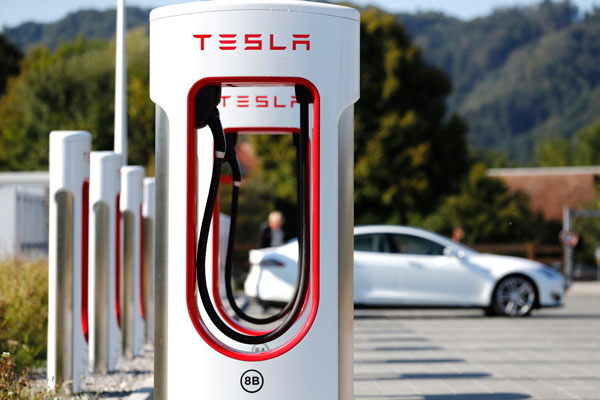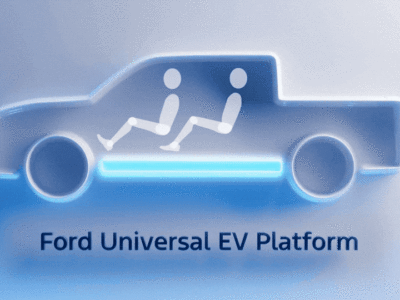- A team from Canada's University of Ottawa is using the health benefits of electric vehicles to justify charging infrastructure incentives.
- Their recently published paper compares the financial costs of building electric vehicle charging infrastructure using empirical data with health costs to see if there is a net benefit.
- They have found that in the majority of plausible scenarios of balanced growth when the number of vehicles rises and so does the number of charging stations, there is a positive net benefit to society.
Could the health benefits and reduced costs to healthcare systems be enough to justify subsidizing charging infrastructure to allow society to switch from the internal combustion engine to electric vehicles faster than current trends predict?
Writing in the International Journal of Electric and Hybrid Vehicles, Mitchell House and David Wright of the University of Ottawa, Canada, suggest that the migration from polluting vehicles that burn fossil fuels to electric vehicles, ideally using electricity generated sustainably could significantly reduce the incidence of cardiopulmonary illness due to air pollution.
This would lead not only to less employee absence from work through illness but also lead to broad improvements in quality and length of life.
The team’s paper compares the financial costs of building electric vehicle charging infrastructure using empirical data with health costs to see if there is a net benefit. They have found that in the majority of plausible scenarios of balanced growth, when the number of vehicles rises and so does the number of charging stations, there is a positive net benefit to society.
“Since health benefits accrue to governments, businesses, and individuals, these results justify the use of government incentives for charging station deployment and this paper quantifies the impact of different levels of incentive,” the team concludes.
The team explains that the Electric Vehicles Initiative (EVI) (an organization supported by 16 governments) has a target of 20 million electric vehicles by the year 2020. This was based on a national growth rate of 75% per year defined in 2016. At that time, EV sales amounted to more than half a million (550000) worldwide in 2015, which represented a growth of 70% in 2014. Electric vehicle sales have continued to grow, with 2017 and 2018 experiencing 61% and 64% year-over-year growth respectively.
Their results suggest that a 75% growth rate for electric vehicle uptake is not unrealistic.
Moreover, in the face of anthropogenic climate change and the detrimental effects of health on pollution, some observers see the transition to electric vehicles as being a matter of serious urgency. This has to take into consideration the electricity generating mix from which the vehicles derive their power.
If electricity is mostly supplied from power stations generating electricity by burning fossil fuels, including coal, gas, and oil, then many of the benefits are lost.
This is particularly true in terms of climate impact at the global level but also in terms of sulfur oxide, nitrogen oxide, and particulate pollution. This has been witnessed in China, India, and Russia, as electricity demand has risen rapidly.
This latest study points out that governments have not been keen to support charging infrastructure due to a variety of industry players being involved and their responsibility to carry some of the cost.
This would include electric utility companies who would profit directly from charging vehicles, out-of-town shopping centers that could attract more customers with charging points in their car parks, the manufacturers of vehicles and a new generation of “gas station” operators.
“The savings that can be achieved by 2021 are higher than the cost of installing charging station infrastructure over a wide range of scenarios,” the team writes. “These net benefits apply both to balanced growth in charging stations (in which the number of charging stations is proportional to the number of EVs) and also to rapid build out (in which charging stations are built over 2-4 years in order to achieve government EV targets for 2020 and 2025).” Ultimately, it is the reduced financial burden of a healthier populace that offsets the costs.












Comments